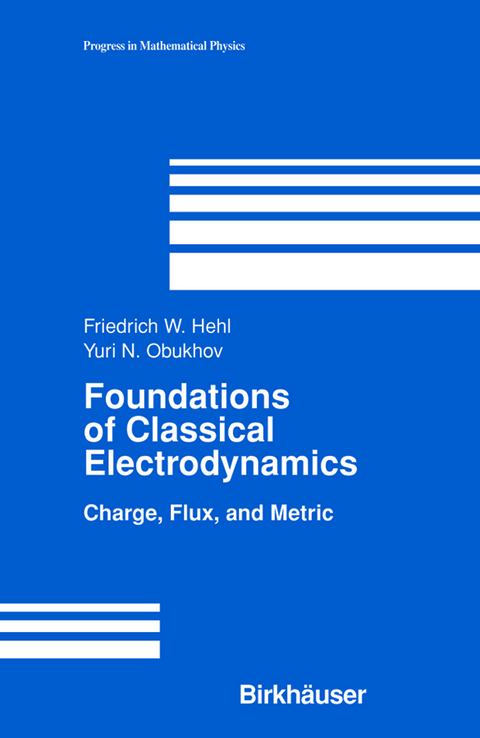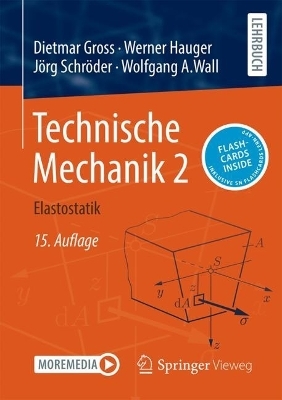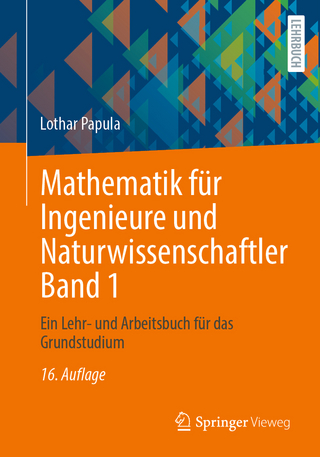
Foundations of Classical Electrodynamics
Springer-Verlag New York Inc.
978-1-4612-6590-0 (ISBN)
In this book we display the fundamental structure underlying classical electro dynamics, i. e. , the phenomenological theory of electric and magnetic effects. The book can be used as a textbook for an advanced course in theoretical electrodynamics for physics and mathematics students and, perhaps, for some highly motivated electrical engineering students. We expect from our readers that they know elementary electrodynamics in the conventional (1 + 3)-dimensional form including Maxwell's equations. More over, they should be familiar with linear algebra and elementary analysis, in cluding vector analysis. Some knowledge of differential geometry would help. Our approach rests on the metric-free integral formulation of the conservation laws of electrodynamics in the tradition of F. Kottler (1922), E. Cartan (1923), and D. van Dantzig (1934), and we stress, in particular, the axiomatic point of view. In this manner we are led to an understanding of why the Maxwell equa tions have their specific form. We hope that our book can be seen in the classical tradition of the book by E. J. Post (1962) on the Formal Structure of Electro magnetics and of the chapter "Charge and Magnetic Flux" of the encyclopedia article on classical field theories by C. Truesdell and R. A. Toupin (1960), in cluding R. A. Toupin's Bressanone lectures (1965); for the exact references see the end of the introduction on page 11. .
Preface y.- Five plus one axioms.- Topological approach.- Electromagnetic spacetime relation as fifth axiom.- Electrodynamics in matter and the sixth axiom.- List of axioms.- A reminder: Electrodynamics in 3-dimensional Euclidean vector calculus.- On the literature.- References.- A Mathematics: Some Exterior Calculus.- Why exterior differential forms?.- A.1 Algebra.- A.2 Exterior calculus.- A.3 Integration on a manifold.- References.- B Axioms of Classical Electrodynamics.- B.1 Electric charge conservation.- B.2 Lorentz force density.- B.3 Magnetic flux conservation.- B.4 Basic classical electrodynamics summarized, example.- B.5 Electromagnetic energy-momentum current and action.- References.- C More Mathematics.- C.1 Linear connection.- C.2 Metric.- References.- D The Maxwell—Lorentz Spacetime Relation.- D.1 A linear relation between H and F.- D.2 Propagation of electromagnetic waves: Quartic wave surface.- D.3 First constraint: Electric/magnetic reciprocity.- D.4 Second constraint: Vanishing skewon field. Emergence of the light cone.- D.5 Extracting the metric by an alternative method.- D.6 Fifth axiom: Maxwell-Lorentz spacetime relation.- References.- E Electrodynamics in Vacuum and in Matter.- E.1 Standard Maxwell-Lorentz theory in vacuum.- E.2 Electromagnetic spacetime relations beyond locality and linearity.- E.3 Electrodynamics in matter, constitutive law.- E.4 Electrodynamics of moving continua.- References.- ®Outlook.- How does gravity affect electrodynamics?.- Reissner—Nordström solution.- Rotating source: Kerr—Newman solution.- Electrodynamics outside black holes and neutron stars.- Force-free electrodynamics.- Remarks on topology and electrodynamics.- Superconductivity: Remarks on Ginzburg—Landau theory.- Classical (first quantized) Dirac field.-On the quantum Hall effect and the composite fermion.- On quantum electrodynamics.- On electroweak unification.- References.- Author Index.
"[The authors] …have stressed the phenomena underlying the axioms chosen and the operational interpretation of the quantities introduced. In this, they have clearly succeeded."
—Mathematical Reviews
"Throughout this book, the rationalized MKS system of units is used, making analysis more intelligible, and there are many diagrams which are of great help in understanding the text. Each part of the book is followed by a copious list of references.... Also, in appropriate places there are indications how computer algebra (REDUCE/EXCALC) can be used.... The printing and appearance of the book are excellent.... It can be warmly recommended."
—Zentralblatt Math
| Erscheint lt. Verlag | 23.10.2012 |
|---|---|
| Reihe/Serie | Progress in Mathematical Physics ; 33 |
| Zusatzinfo | XV, 113 p. |
| Verlagsort | New York |
| Sprache | englisch |
| Maße | 155 x 235 mm |
| Themenwelt | Mathematik / Informatik ► Mathematik ► Angewandte Mathematik |
| Mathematik / Informatik ► Mathematik ► Geometrie / Topologie | |
| Naturwissenschaften ► Physik / Astronomie ► Angewandte Physik | |
| Naturwissenschaften ► Physik / Astronomie ► Elektrodynamik | |
| Naturwissenschaften ► Physik / Astronomie ► Optik | |
| ISBN-10 | 1-4612-6590-8 / 1461265908 |
| ISBN-13 | 978-1-4612-6590-0 / 9781461265900 |
| Zustand | Neuware |
| Informationen gemäß Produktsicherheitsverordnung (GPSR) | |
| Haben Sie eine Frage zum Produkt? |
aus dem Bereich


